Shampoo for Low Porosity Hair: Your Ultimate Guide + The 10 Best Shampoos
This post may contain affiliate links, and I will earn a commission if you purchase through these links. Please read the disclosure policy for more details.
Choosing the right shampoo for your low porosity hair can make all the difference when it comes to achieving healthy locks.
Low porosity hair has cuticles that lay flat and tight, making it harder for moisture and nutrients to penetrate the hair shaft. This can lead to dry, lackluster tresses that are prone to breakage.
But don’t worry! There are shampoos specifically formulated to help you gently cleanse and nourish your low porosity hair.
When it comes to selecting a shampoo for your low porosity hair, it’s essential to pick one that can effectively remove buildup and allow moisture to seep in. Look for shampoos that balance gentle clarifying power with hydrating ingredients.
Keep reading to find out which ingredients to look for in your shampoo and get our recommended picks for shampoos for low porosity hair.
Understanding Low Porosity Hair
Low porosity hair refers to how your hair absorbs and retains moisture and oils. If you have low porosity hair, it means the structure of your hair is tighter, making it more difficult for moisture and oils to penetrate the hair cuticle 1. On the other hand, high porosity hair has a more open cuticle, making it easier for moisture to be absorbed and lost.

One of the main characteristics of low porosity hair is its resistance to absorbing water and other products. This can sometimes lead to product buildup on your hair due to the inability of your hair to fully absorb them. It’s essential to find the right hair care routine that takes into account the unique needs of low porosity hair, such as using clarifying shampoos to break down protein structures, allowing moisture to penetrate more effectively.
To better understand your hair’s porosity, consider conducting a simple test. Assess how long it takes for your hair to absorb water. Low porosity hair takes a long time to get wet and repels water because the cuticles are almost closed. I do not recommend the float test as it is known to be inaccurate.
You could also slide your fingers up a strand of hair to see if it feels bumpy or not. This is trickier with fine hair since it is already hard to feel between your fingers. In theory, feeling lots of bumps means you have more porous hair.
When caring for low porosity hair, it’s important to avoid using sulfate-based shampoos, particularly those containing sodium lauryl sulfate (SLS). SLS is known to remove essential lipids, weakening your hair over time. Opt for more gentle shampoo choices that have a natural, organic formula, which can help retain moisture while effectively removing product buildup.
Remember that low porosity hair needs a little extra love and patience. By understanding your hair’s unique qualities and adapting your hair care routine accordingly, you can maintain the health of your locks and keep them looking their best.

Ingredients to Look For in Shampoos for Low Porosity Hair
When choosing the right shampoo for your low porosity hair, it’s important to focus on ingredients that can penetrate the hair cuticle and provide much-needed hydration. In this section, we’ll discuss some key ingredients to look for, such as babassu oil, panthenol, amino acids, lipids, and humectants.
Surfactants
Surfactants are the cleansing agents in shampoos and other cleansers. There are two types of surfactants commonly used in shampoos: Anionic and Non-Ionic Surfactants.
Anionic surfactants carry a negative charge and create a lot of foam. They are good at removing buildup that is not from oils and can be harsh. They include sulfates, sulfonates, and gluconates.
Low porosity hair should avoid sulfates, so you need to look for sulfate-free anionic cleansing agents in shampoos. Sulfate-free anionic surfactants include:
- Sodium lauroyl sarconisate
- Sodium laureth sulfosuccinate
- Sodium lauryl sulfoacetate
Non-Ionic surfactants are neutral, meaning they do not carry a charge. They are better at removing oils than anionic surfactants. These tend to foam less than anionic surfactants. Non-ionic surfactants include:
- Glucosides (such as Coco glucoside, Decyl glucoside, Lauryl glucoside)
- Cocamide DEA/MEA
- Alcohol ethoxylates (such as Laureth-4)
- Sucrose cocoate
Most shampoo formulations will include a mix of anionic and non-ionic surfactants. Shampoos formulated for low porosity hair should include a mix of suitable surfactants along with other beneficial ingredients.
Panthenol & Biotin
Panthenol, also known as vitamin B5, is another ingredient to look out for in shampoos for low porosity hair. This powerful ingredient helps to moisturize and nourish your hair by acting as a humectant, attracting moisture from the environment and locking it in. Panthenol can also improve your hair’s elasticity and reduce breakage by strengthening the hair fibers.
Biotin, also known as vitamin B7, is an ingredient that promotes healthy hair growth and prevent hair loss. It helps boost keratin production which improves the strength of hair. This is especially beneficial for low porosity hair which can struggle with protein ingredients.
Amino Acids & Lipids
Amino acids (protein) and lipids (oils) are essential building blocks for your hair’s structure. Including these ingredients in your shampoo can help improve your hair’s overall health and appearance. Amino acids work to repair and strengthen the hair, while lipids help to nourish and protect the hair shaft from damage. By incorporating these elements into your shampoo, you’ll be giving your low porosity hair the care it needs to thrive.
You may have heard to avoid protein if you have low porosity hair but this is bad advice. Hair is made up of mostly protein so that doesn’t make sense. The issue with low porosity hair is that it needs small proteins and many products use large proteins in their formulations.
Amino acids, peptides, and hydrolyzed keratin, silk, and collagen are very small and safe for low porosity hair.
Other Moisturizing Agents
There are several moisturizing agents to choose from, but the best options for low porosity hair include extracts, lipids (oils), and polyquaternium-10. These are all lightweight options that don’t build up and weigh down the hair as much as other moisturizing ingredients.
Humectants
Humectants are ingredients that attract and retain moisture in your hair, and they’re particularly beneficial for low porosity hair. Some common humectants to look for in shampoos include betaine, propanediol, honey, and aloe vera. These ingredients work together to ensure your hair remains hydrated and healthy. Just remember to avoid heavy products that can cause buildup, as low porosity hair is more susceptible to this issue.

Ingredients to Avoid
When choosing shampoos for your low porosity hair, there are certain ingredients that you should be wary of, as they may cause damage or buildup and make it difficult for moisture to penetrate your hair shaft. In this section, we’ll discuss two major ingredients to avoid: sulfates and high concentrations of specific humectants.
Sulfates
Sulfates are commonly found in many shampoos and can strip away your hair’s natural oils, causing dryness and increased sensitivity. They can be particularly harsh on low porosity hair. Here are some common sulfates to watch out for:
- Sodium Lauryl Sulfate (SLS)
- Sodium Laureth Sulfate (SLES)
- Ammonium Lauryl Sulfate (ALS)
- Ammonium Laureth Sulfate (ALES)
To maintain the health of your low porosity hair, opt for sulfate-free shampoos that won’t strip away your hair’s natural oils.
High Concentrations of Glycerin & Propylene Glycol
While humectants can be beneficial for high porosity hair, high concentrations of certain humectants they may not be the best choice for those with low porosity hair. They help to attract and retain moisture but can sometimes lead to frizz and dryness in low porosity hair.
Two common humectants should be avoided in large amounts: Glycerin and Propylene Glycol. I want to emphasize the “in large amounts” part, as using these ingredients in your products is good. You just don’t want too much.
So how do you know if a product has too much? Check the ingredients list and make sure that glycerin or propylene glycol are not one of the first few ingredients. That’s it!

Choosing the Right Shampoo
Clarifying Shampoos
Clarifying shampoos are essential for low-porosity hair, as they help break down protein structures that allow moisture to penetrate the hair fiber. This type of shampoo works by deeply cleansing your hair to remove product buildup, excess oils, and dirt that might be weighing it down. Remember, though, it is important not to overuse clarifying shampoos as they can strip your hair of its natural oils. You might consider using a clarifying shampoo once a week or every other week.
Sulfate-Free Shampoos
Sulfate-free shampoos are a popular choice for many people, especially those with low-porosity hair. Sulfates can be harsh on your hair and strip away natural oils, leaving it dry and brittle. Opting for a sulfate-free shampoo is an excellent way to help maintain the natural moisture balance in your hair. These shampoos cleanse your hair gently but effectively while preserving its essential oils.
Protein-Free Shampoos
Low-porosity hair may have sensitivity to protein, which can make it difficult to retain moisture. To keep your hair healthy, try choosing a protein-free shampoo. This type of shampoo will provide a gentle, balanced cleanse without causing further damage or buildup from excess protein. It’s essential to pay attention to your hair’s needs and look for products specifically designed for low-porosity hair.
Moisturizing Shampoos
Moisturizing shampoos are key in the journey of caring for low-porosity hair. These products often contain hydrating ingredients, such as honey or avocado oil, which can help soften your hair and make it more manageable. Besides, look for shampoos that include essential oils like lavender, rosemary, chamomile, and jojoba extracts to provide added moisture. Remember to choose a moisturizing shampoo that deeply cleanses while nourishing and being gentle to your hair.
By selecting the appropriate shampoo for your low-porosity hair, you can effectively manage and care for it to retain moisture, stay soft, and be healthy. Pay attention to your hair’s specific needs and tailor your shampoo choices accordingly.
Shampoo For Low Porosity Hair: 10 Best Options
When it comes to choosing the best shampoo for your low porosity hair, there are several brands and products that may suit your needs.
Klorane Detox Shampoo
One recommended brand is Klorane, with their Detox Shampoo with Aquatic Mint. This shampoo offers an invigorating cleansing experience while nourishing your low porosity hair.
Briogeo Be Gentle Ne kind Banana & Coconut Nourishing Superfood Shampoo
Another favorite is Briogeo, specifically their Be Gentle Be Kind Banana + Coconut Nourishing Superfood Shampoo. Enriched with fatty acids, vitamin E, and coconut, this shampoo pumps moisture into low porosity hair without overdoing it.
Alikay Naturals Moist Black Soap Shampoo
For a more affordable option, you might want to consider Alikay Naturals Moist Black Soap Shampoo. This shampoo helps stronger and healthier hair while still thoroughly cleansing and removing buildup.
Kinky Curly Come Clean Clarifying Shampoo
If you’re looking for a clarifying shampoo, Kinky Curly Come Clean helps remove product build-up while being gentle on low porosity hair. I love that it is also mildly chelating to help if you have hard water.
Bounce Curl Enzyme Gentle Clarifying Shampoo
Bounce Curl Enzyme Gentle Clarifying Shampoo is another great gentle option for clarifying on a regular basis. This shampoo really is gentle and smells like a delicious orang creamsicle!
Ouidad Water Works Clarifying Shampoo
You may want to try Ouidad Water Works Clarifying Shampoo if you have hard water, as it is designed to remove hard water minerals and chlorine without stripping your hair of its natural moisture.
Carol’s Daughter Black Vanilla Shampoo
Carol’s Daughter Black Vanilla Shampoo is hydrating shampoo that is a good option if your hair tends to be dry or damaged. This shampoo was created for all curl types that need moisture and shine.
Mielle Pomegranate & Honey Moisturizing & Detangling Shampoo
Mielle’s Pomegranate & Honey Moisturizing & Detangling Shampoo is another good moisturizing option. This one as formulated for type 4 hair and really helps with detangling.
Maui Moisture Lightweight Hydration + Hibiscus Water Shampoo
A lightweight shampoo can help prevent buildup if your hair doesn’t need a lot of moisture. Maui Moisture Lightweight Hydration + Hibiscus Water Shampoo is a great option for lighter moisture with gentle cleansing.
Shea Moisture Strengthen and Restore Shampoo
If you need moisture and to strengthen your hair, give Shea Moisture Strengthen and Restore Shampoo a try. This shampoo uses black castor oil and shea butter to strengthen damaged hair, and apple cider vinegar to gently cleanse and remove buildup.
FAQs About Shampoo for Low Porosity Hair
What is low porosity hair?
Low porosity hair refers to hair with tightly packed cuticles that resist moisture penetration. This makes it difficult for moisture to penetrate your hair strands, often leading to a buildup of products on the surface of your hair.
How do I know if I have low porosity hair?
Some common signs of low porosity hair include products that sit on the surface and do not penetrate your hair strands, difficulty in moisturizing your hair, and a longer time to dry your hair after washing.
What should I look for in a shampoo for low porosity hair?
When looking for a shampoo for low porosity hair, go for those that contain gentle, clarifying ingredients to help remove product buildup without causing dryness or damage. Check the list above with 10 shampoo options for low porosity hair.
Can I use my regular shampoo for low porosity hair?
It is better to switch to a shampoo specifically formulated for low porosity hair as it may be more effective in tackling the unique challenges that come with this hair type.
How often should I shampoo my low porosity hair?
Finding the perfect balance for shampooing your low porosity hair might need some trial and error, as it is highly dependent on your hair type and other factors such as your level of physical activity and the climate where you live. It’s advisable to start with shampooing 2-3 times a week and adjust from there as you find what works best for your hair.
Remember to always moisturize and use lightweight products on low porosity hair to avoid unnecessary buildup. Pay attention to your hair’s needs and adjust your hair care routine accordingly.
Do I need to avoid protein for low porosity hair?
No you do not. You may need a lot less protein that other hair types. You may also need to use smaller proteins, like amino acids, peptides, and hydrolyzed proteins. These are easier for your hair to absorb than other proteins.
Sources
- Healthline: How to Care for Low Porosity Hair
- WebMD: What to Know About Shampoo Ingredients
- ScienceDirect: Shampoo
- ScienceDirect: Nonionic Surfactant
- Biotin 101: What Is It and Why Its Good for Hair
- Science-y Hair Blog: Hair Porosity: The Float Test Part Two
- Gavazzoni Dias MF. Hair cosmetics: an overview. Int J Trichology. 2015 Jan-Mar;7(1):2-15. doi: 10.4103/0974-7753.153450. PMID: 25878443; PMCID: PMC4387693.
- de Cássia Comis Wagner R, Joekes I. Hair protein removal by sodium dodecyl sulfate. Colloids Surf B Biointerfaces. 2005 Mar 10;41(1):7-14. doi: 10.1016/j.colsurfb.2004.10.023. PMID: 15698750.
Want to remember this? Save Shampoo for Low Porosity Hair: Ultimate Guide + 10 Best Options to your favorite Pinterest board!



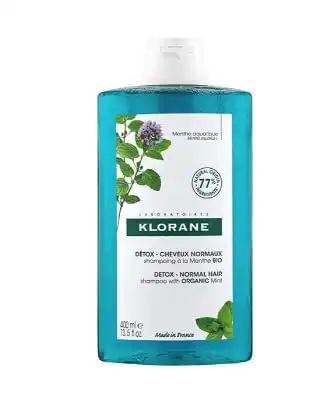

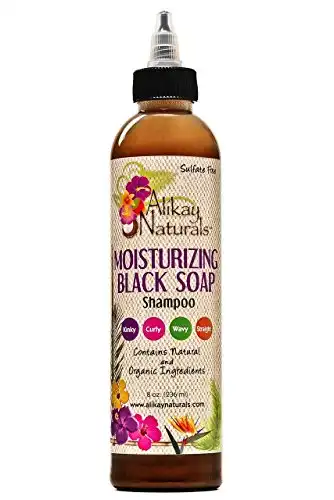
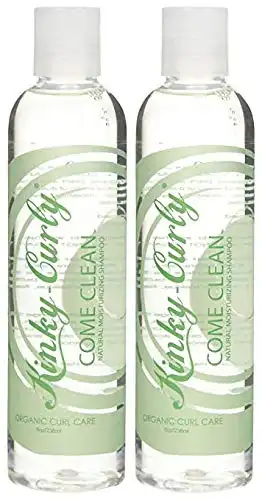
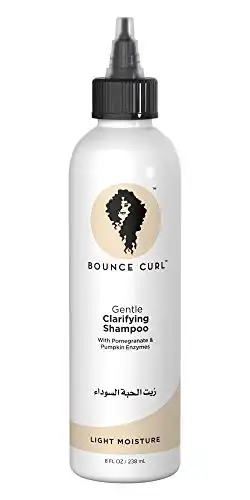

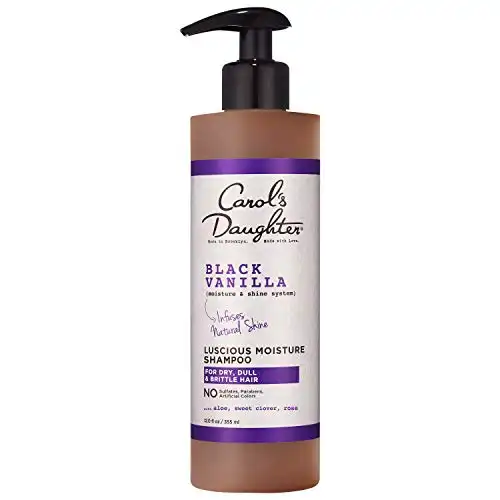
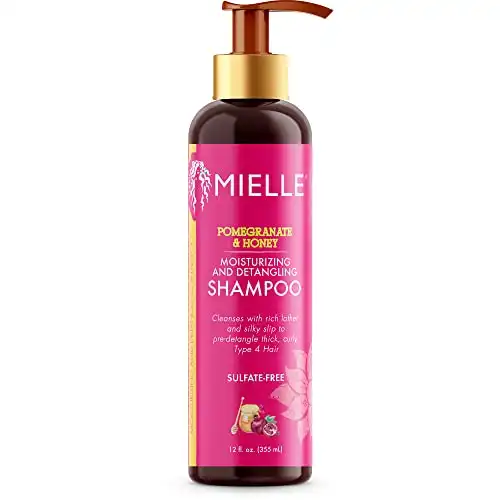
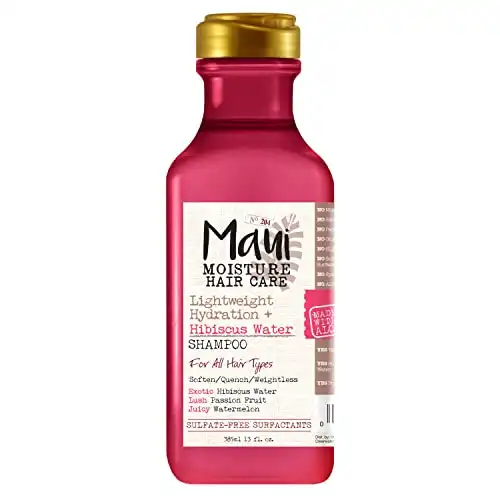
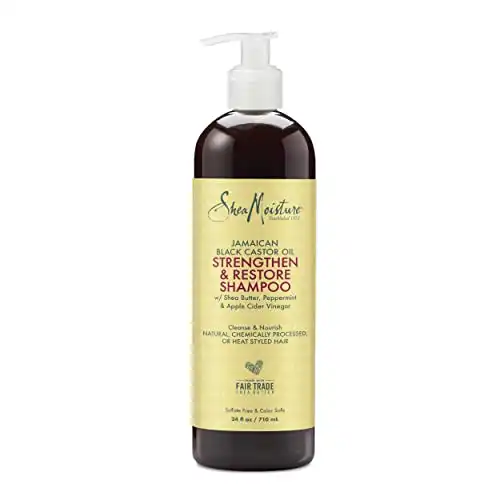

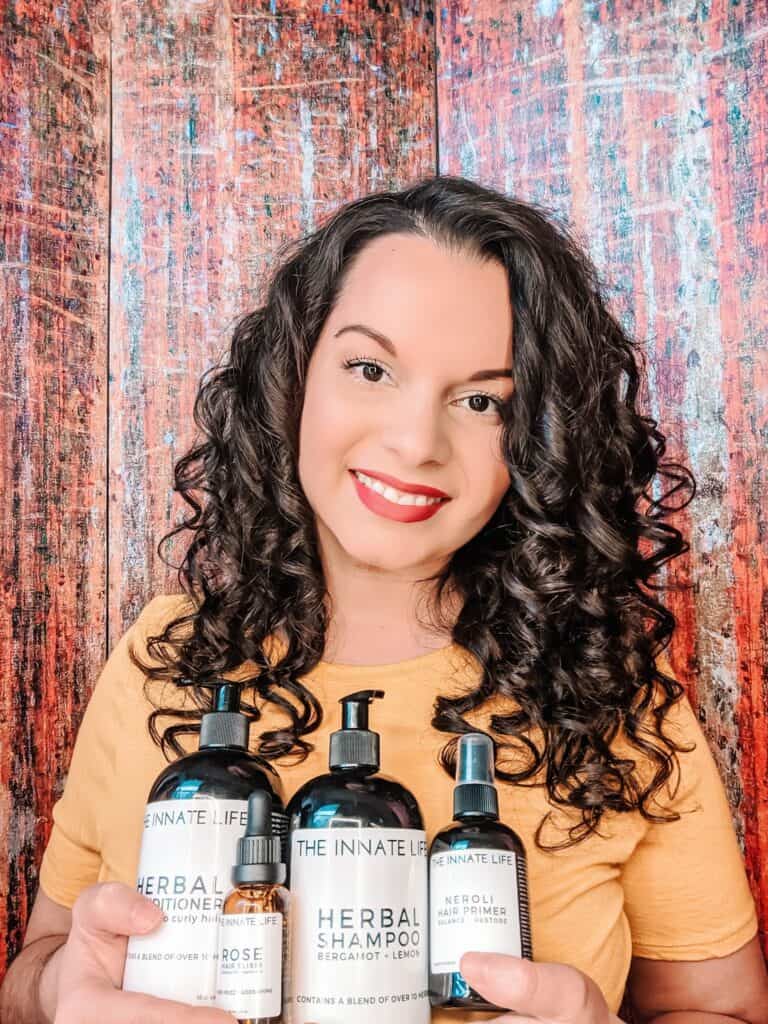

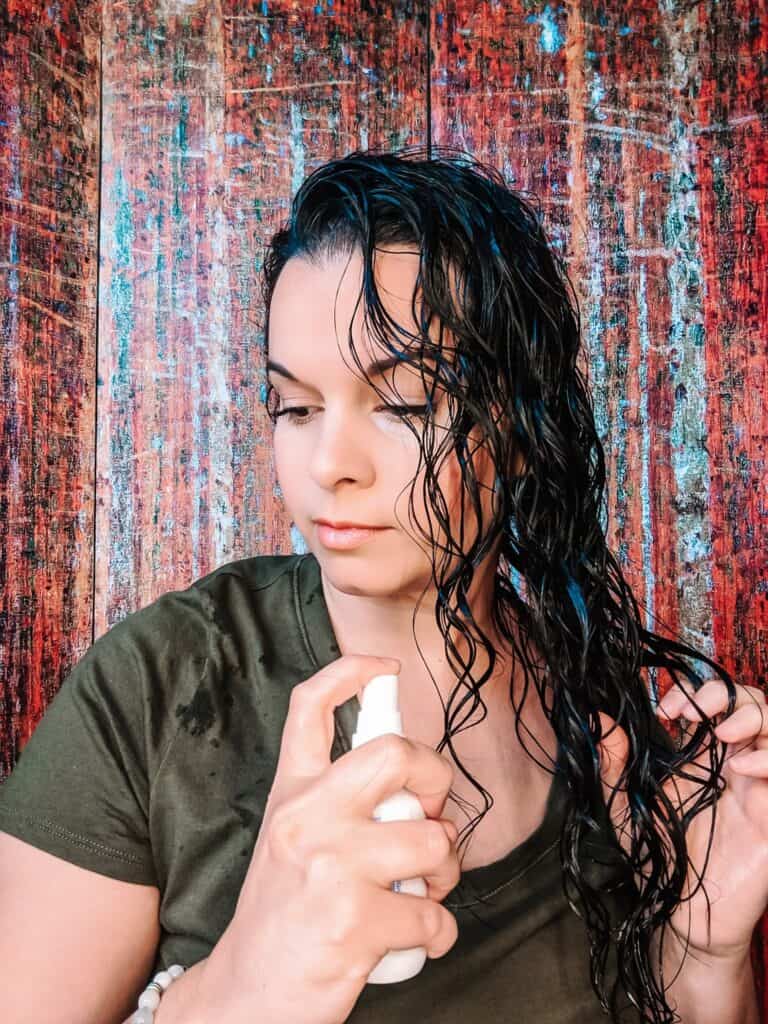
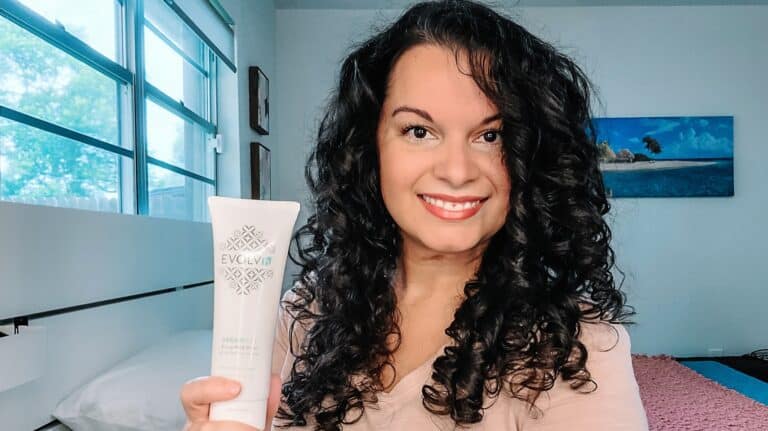
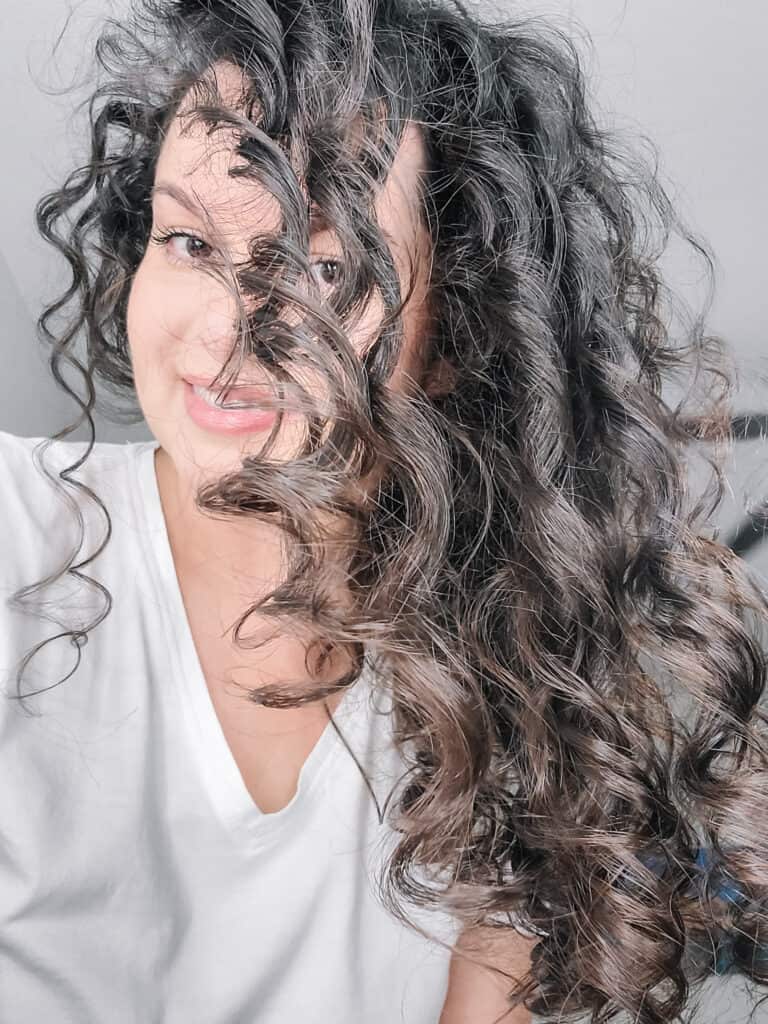
I gotta think a shampoo bar is best for low porosity hair. I’ve used it for 15 years+. When I used bottled shampoo I had to shampoo once just to get my hair wet-through enough to be properly shampooed with the second pass.
Shampooing twice is common with more gentle shampoos. Shampoo bars tend to be stronger so that makes sense. I always shampoo twice for the same reason, but I don’t have low porosity hair.
Hi! I’m new to your site and have been getting your emails. They would be helpful if I could read them but unfortunately, I can’t because my school Chromebook does not allow me to view them. I tried the water float test and I have low porosity hair. My hair is very long (to my butt) and thick. It resembles Camilla Cabello’s small but cute waves. I read through this post and have bought new hair products. Do you have any recommendations for conditioners for me and do you think that the Native Moisturizing Sweet Peach & Nectar Conditioner is a good choice for my hair?
Hi Mia. I’d have to know more details about your hair to make product recommendations. I will say though that the float test is not a very accurate way to measure porosity. You should focus on the texture of your hair and it’s health to help you choose products. The finer and less damaged, the less moisture you need. More damage needs more moisture and protein. Coarser hair can handle heavier products but can get weighed down if it’s low porosity.
and if yes or no could you please explain why? thanks! 🙂